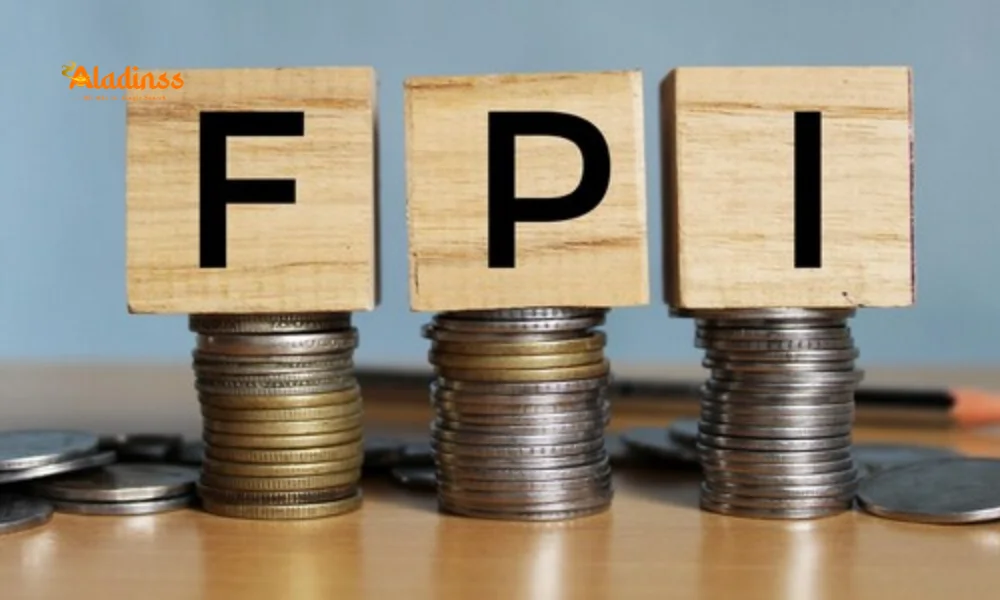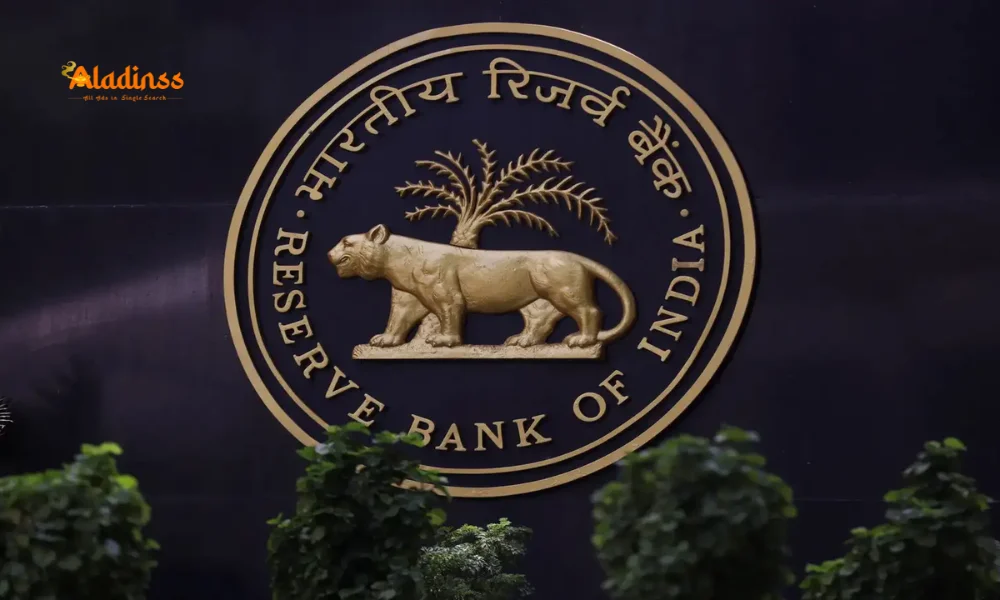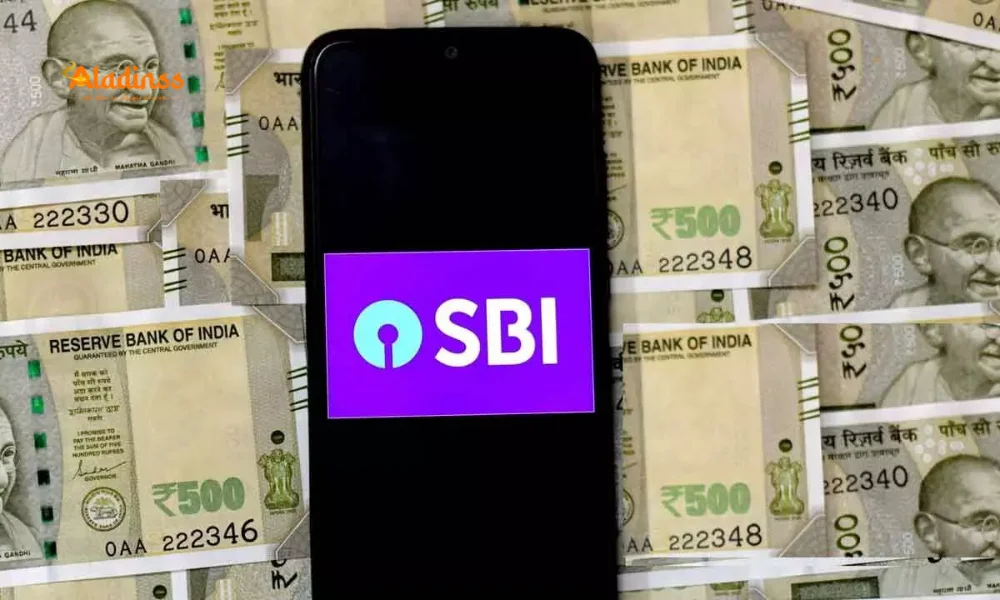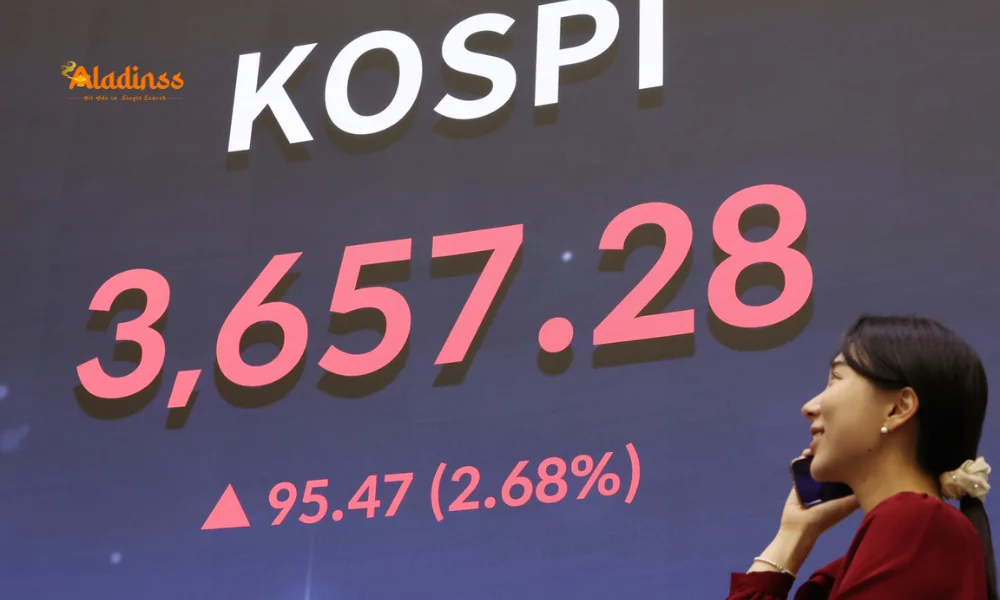PPF vs Personal Loan: Which Is Smarter for Saving or Borrowing?
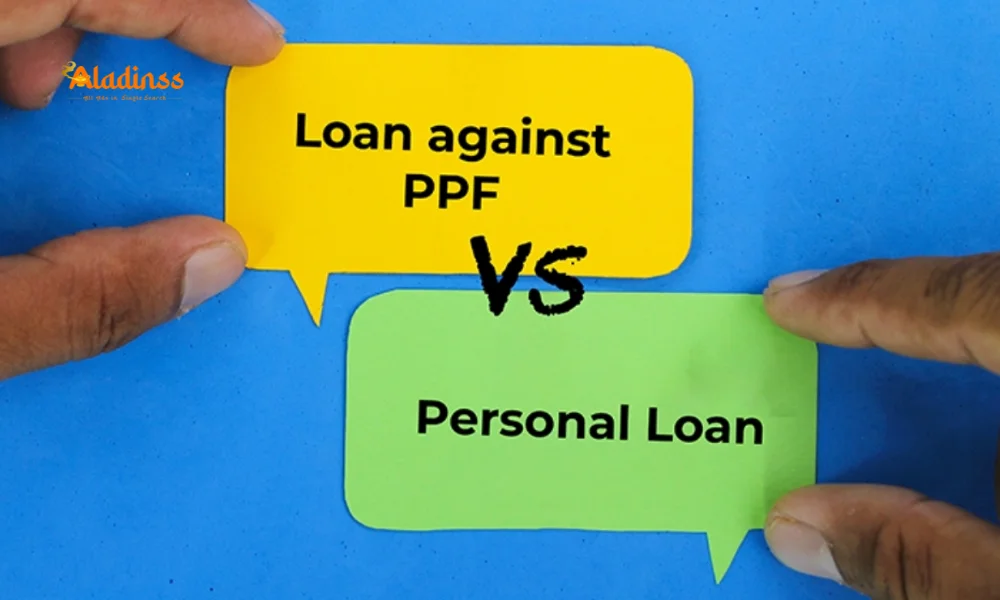
PPF Loan vs. Personal Loan: Which Suits Your Financial Needs?
When financial needs arise, choosing the right loan option can make a significant difference. In India, personal loans and loans against PPF (Public Provident Fund) are popular choices for addressing expenses like medical emergencies, education costs, home renovations, or weddings. While personal loans offer flexibility and higher loan amounts, PPF loans provide low-cost borrowing secured against your savings. Understanding the differences, including interest rates, eligibility, and repayment terms, is crucial for making an informed decision.
This comprehensive guide explores the key distinctions between PPF loans and personal loans, detailing their features, benefits, and application processes. Whether you’re tapping into your PPF savings or seeking an unsecured loan, this article will help you navigate your options to meet your financial goals effectively.
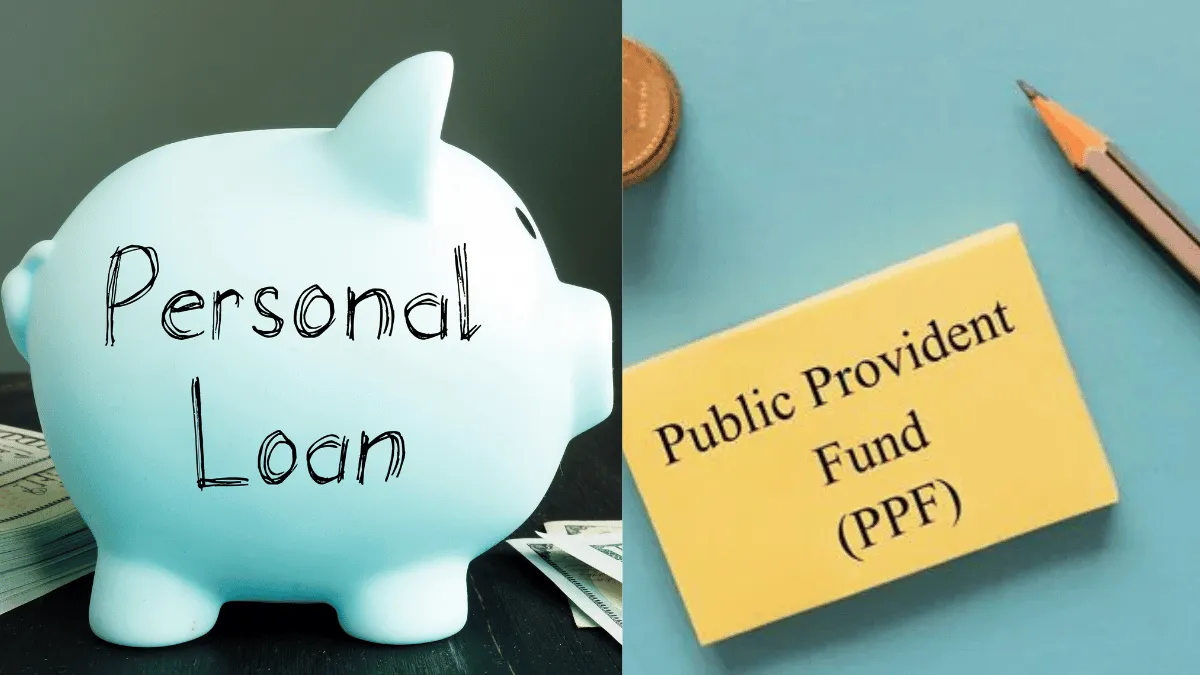
Understanding PPF Loans
A loan against PPF allows account holders to borrow up to 25% of their PPF balance, using the savings as collateral. This secured loan comes with a low interest rate, typically 1-2% above the prevailing PPF rate (around 9-10% effective rate). The loan must be repaid within 36 months, and a key advantage is that your PPF account continues to earn interest even during the loan period, making it a cost-effective borrowing option.
PPF loans are ideal for those with an active PPF account who need quick funds without liquidating their long-term savings. The eligibility is straightforward, based solely on your PPF balance, requiring no income proof or credit score. This makes it accessible for individuals with limited credit history or irregular income, offering a low-risk borrowing solution.
Understanding Personal Loans
Personal loans are unsecured loans offered by banks and financial institutions based on your income, credit score, and repayment history. They provide greater flexibility, with loan amounts reaching up to Rs 20 lakh or more, depending on your financial profile. Interest rates range from 10% to 24%, influenced by your credit score and the lender’s policies, making them costlier than PPF loans.
These loans are versatile, suitable for various purposes like medical expenses, weddings, education, or travel. However, the approval process involves document verification and credit checks, which may take a few days. Additionally, some banks impose prepayment penalties of 2-4% on early repayments, adding to the overall cost of borrowing.
PPF Loan vs. Personal Loan: A Detailed Comparison
To help you choose between a PPF loan and a personal loan, here’s a detailed comparison of their key features:
| Feature | Loan Against PPF | Personal Loan |
|---|---|---|
| Interest Rate | Low: ~9–10% (1-2% above PPF rate) | Higher: 10–24% (based on credit score) |
| Eligibility | Based on PPF balance; no income proof needed | Based on credit score, salary, repayment history |
| Processing Time | Quick: Simple form at bank/post office | Slower: Document checks, approval process |
| Loan Amount | Up to 25% of 2-year prior PPF balance | Up to Rs 20 lakh or more, based on income |
| End Use | Flexible: Personal or business needs | Flexible: Any purpose |
| Tenure | Up to 36 months | 1 to 5 years |
| Prepayment Charges | None | 2–4% (varies by bank) |
| Risk | Secured: Against PPF balance | Unsecured: Based on repayment ability |
How to Apply for a Loan Against PPF
Applying for a loan against PPF is a straightforward process, designed to provide quick access to funds. Here’s a step-by-step guide to help you navigate the application process:
- Check Eligibility: You can apply for a PPF loan between the 3rd and 6th financial year of your account. The loan amount is capped at 25% of the balance at the end of the second year preceding the loan application.
- Visit Your Bank or Post Office: Approach the bank or post office where your PPF account is held. Some institutions offer online application options, depending on their services.
- Fill the Application Form: Request the PPF loan application form and provide details such as the loan amount, purpose (optional), and your PPF account number.
- Submit Documents: Minimal documentation is required, typically just your PPF passbook. No income proof or credit score is needed, as the loan is secured against your PPF balance.
- Loan Sanction: The bank or post office verifies your PPF balance and sanctions the loan, often within a few days due to the simplified process.
- Loan Disbursal: Once approved, the loan amount is credited to your account, ready for use on personal or business expenses.
The simplicity and speed of the PPF loan process make it an attractive option for those with an active PPF account, offering quick access to funds without disrupting long-term savings goals.
How to Apply for a Personal Loan
Applying for a personal loan involves a more rigorous process compared to a PPF loan, as it is unsecured and relies on your creditworthiness. Here’s how to apply:
- Check Eligibility: Ensure you meet the lender’s criteria, including a good credit score (typically 700+), stable income, and repayment history.
- Choose a Lender: Compare banks and financial institutions for the best interest rates and terms. Online platforms may offer faster approvals.
- Submit Application: Fill out the loan application form, either online or at a branch, providing details like loan amount, purpose, and repayment tenure.
- Provide Documents: Submit income proof (salary slips, ITR), identity proof (Aadhaar, PAN), and address proof. Some lenders may require additional documents.
- Loan Approval: The lender assesses your credit profile and documents, which may take a few days. Approval depends on your financial stability.
- Loan Disbursal: Upon approval, the loan amount is credited to your account, typically within 2-7 days, depending on the lender.
While personal loans offer higher loan amounts and longer repayment tenures, the stringent eligibility criteria and higher interest rates make them a costlier option compared to PPF loans.
Key Considerations for Choosing Between PPF and Personal Loans
Deciding between a PPF loan and a personal loan depends on your financial situation and needs. Here are key factors to consider:
- Cost of Borrowing: PPF loans are cheaper, with interest rates around 9-10%, compared to personal loans, which can go up to 24%. If cost is a priority, a PPF loan is more economical.
- Loan Amount: Personal loans offer higher amounts (up to Rs 20 lakh or more), making them suitable for larger expenses. PPF loans are limited to 25% of your two-year prior balance, which may not suffice for significant needs.
- Eligibility: PPF loans require only an active PPF account, making them accessible to those with limited credit history. Personal loans demand a strong credit profile and stable income.
- Repayment Flexibility: Personal loans offer longer tenures (up to 5 years), while PPF loans must be repaid within 36 months. Choose based on your repayment capacity.
- Risk: PPF loans are secured against your savings, posing no risk to your credit score. Personal loans, being unsecured, carry higher risk if you default, potentially impacting your creditworthiness.
For small, short-term needs and low-cost borrowing, a PPF loan is ideal, especially if you have a substantial PPF balance. For larger expenses or if you lack a PPF account, a personal loan offers greater flexibility, albeit at a higher cost.
Strategic Financial Planning with Loans
Both PPF loans and personal loans serve distinct purposes in financial planning. PPF loans are best suited for those looking to preserve their long-term savings while accessing quick, low-cost funds. The ability to continue earning PPF interest during the loan tenure adds to its appeal, making it a smart choice for disciplined borrowers. Personal loans, on the other hand, cater to those needing larger sums for diverse purposes, offering flexibility but requiring careful repayment planning due to higher interest rates.
To optimize your financial strategy, assess your immediate needs, repayment capacity, and long-term goals. Consulting a financial advisor can help you align your borrowing choice with your overall financial plan, ensuring you minimize costs and maximize benefits. Whether you choose a PPF loan or a personal loan, understanding the terms and conditions is key to making an informed decision.
Comment / Reply From
No comments yet. Be the first to comment!



